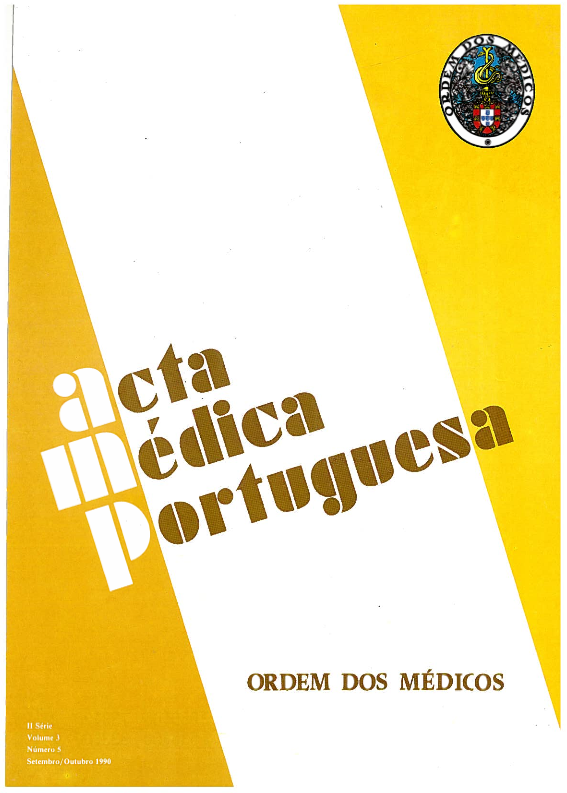Escolas médicas: oficinas de aprendizagem?
DOI:
https://doi.org/10.20344/amp.4578Resumo
1--The aim of the medical course should be the training of doctors. 2--The advances in the medical sciences that took place over the last thirty years have caused profound changes in the professional, institutional and social aspects of medicine and in the professional profile of present doctors. Teaching of the basic sciences (biological and other) relevant to the medical sciences can not be done inside the medical course. 3--Medical Schools should elaborate an inventory and taxonomy of their educational objectives, after consultation with outside institutions involved in the delivery of medical care, as a first step in the design of their curricula. 4--A first degree in biology should be considered as a minimum requirement for entry in a Medical School. 5--The main aim of the pre-clinical training should be the integration of basic knowledge in biology and other relevant areas, in order to understand how the normal human body works and should involve staff from the clinical sectors of the Medical Schools. 6--An integrated curriculum should be gradually introduced. 7--In the pre-clinical years formal teaching (lectures and demonstrations) should be reduced to a minimum. The main activity of students should be the performance of tasks as individuals or integrated in small groups, with involvement in the clinical activity of the school taking place very early. 8--The student should be required to build a detailed CV throughout the course, which will be a log book of his training, to be used in the final evaluation of his academic achievement. 9--A system of formal supervision of the students should be created.(ABSTRACT TRUNCATED AT 250 WORDS)Downloads
Downloads
Como Citar
Edição
Secção
Licença
Todos os artigos publicados na AMP são de acesso aberto e cumprem os requisitos das agências de financiamento ou instituições académicas. Relativamente à utilização por terceiros a AMP rege-se pelos termos da licença Creative Commons ‘Atribuição – Uso Não-Comercial – (CC-BY-NC)’.
É da responsabilidade do autor obter permissão para reproduzir figuras, tabelas, etc., de outras publicações. Após a aceitação de um artigo, os autores serão convidados a preencher uma “Declaração de Responsabilidade Autoral e Partilha de Direitos de Autor “(http://www.actamedicaportuguesa.com/info/AMP-NormasPublicacao.pdf) e a “Declaração de Potenciais Conflitos de Interesse” (http://www.icmje.org/conflicts-of-interest) do ICMJE. Será enviado um e-mail ao autor correspondente, confirmando a receção do manuscrito.
Após a publicação, os autores ficam autorizados a disponibilizar os seus artigos em repositórios das suas instituições de origem, desde que mencionem sempre onde foram publicados e de acordo com a licença Creative Commons









